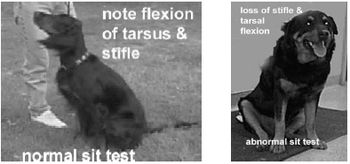
Feline hepatic lipidosis (HL), a syndrome characterized by hepatocellular accumulation of lipid, intrahepatic cholestasis and hepatic dysfunction, is one of the most common liver disorders of the domestic cat accounting for approximately 50% of biopsy diagnoses. It may be a primary (idiopathic) condition or secondary to another disease process. Despite widespread interest and the numerous studies performed since HL was first described in the veterinary literature in 1977, the causes and pathogenic mechanisms of the disease are still largely unknown.



